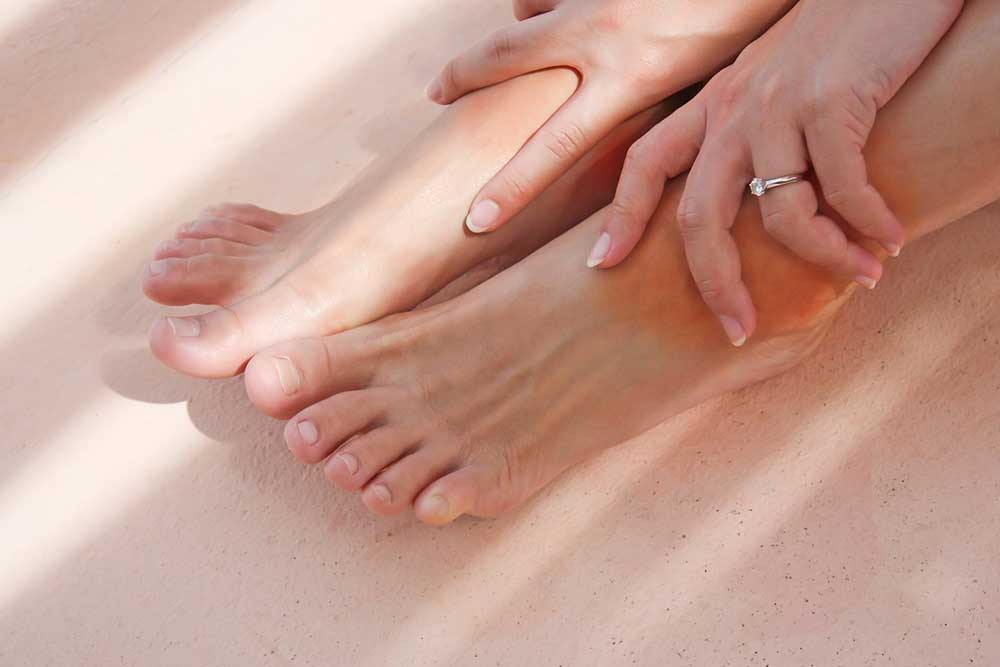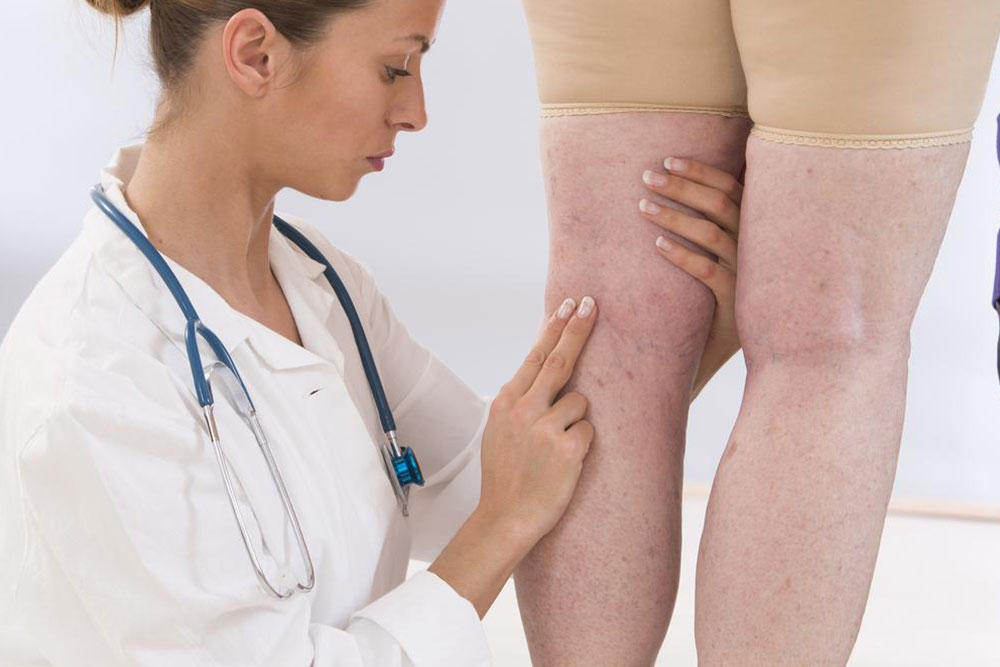Exploring Different Types of Blood Clots and Their Impact
This article provides an overview of different blood clot types, including DVT, Budd-Chiari syndrome, renal vein thrombosis, CVST, portal vein thrombosis, jugular vein thrombosis, and Paget-Schroetter disease. It highlights causes, symptoms, and treatment options for these conditions. Understanding these variations helps in early detection and management of thrombosis-related health issues, emphasizing the importance of medical consultation for accurate diagnosis and appropriate care.

Overview of Various Blood Clot Conditions
Blood clots forming inside vessels, known as thrombosis, can obstruct normal circulation. While clotting is a natural response to injury involving platelets and fibrin, abnormal clots can develop without injury, posing health risks if they dislodge and travel. Thrombosis types vary based on where they occur, affecting different parts of the body. Here are some prevalent types and their key features.
Deep Vein Thrombosis (DVT)
This condition occurs when blood clots form in deep veins, particularly in the legs like the femoral vein. Factors such as blood flow, viscosity, and vessel wall condition influence DVT formation.
Budd-Chiari Syndrome
This syndrome involves clotting in the hepatic vein or the inferior vena cava, leading to liver congestion, pain, and swelling. Treatment options include medications, surgical procedures, or shunt placement.
Kidney Vein Thrombosis
Blood clots obstruct the renal vein, reducing kidney drainage and function.
Cerebral Venous Sinus Thrombosis
Also called CVST, this rare stroke type involves clot formation in brain venous sinuses, causing symptoms like headache, vision disturbances, weakness, and seizures. Diagnosis is supported by MRI or CT scans.
Portal Vein Thrombosis
Clotting in the portal vein disrupts blood flow from the gastrointestinal system to the liver, which may lead to portal hypertension and contribute to conditions such as cirrhosis or pancreatitis.
Jugular Vein Thrombosis
Commonly caused by infections, drug misuse, or cancers, this condition presents with painful swelling along the vein. Its diagnosis can be complex due to variable locations.
Paget-Schroetter Disease
This affects veins in the upper arm, often triggered by intense physical activity, and is prevalent among healthy young adults.
Note: Our content aims to inform on diverse health topics. However, it is for educational use only and should not replace professional medical advice. Always consult healthcare providers for diagnosis and treatment.


